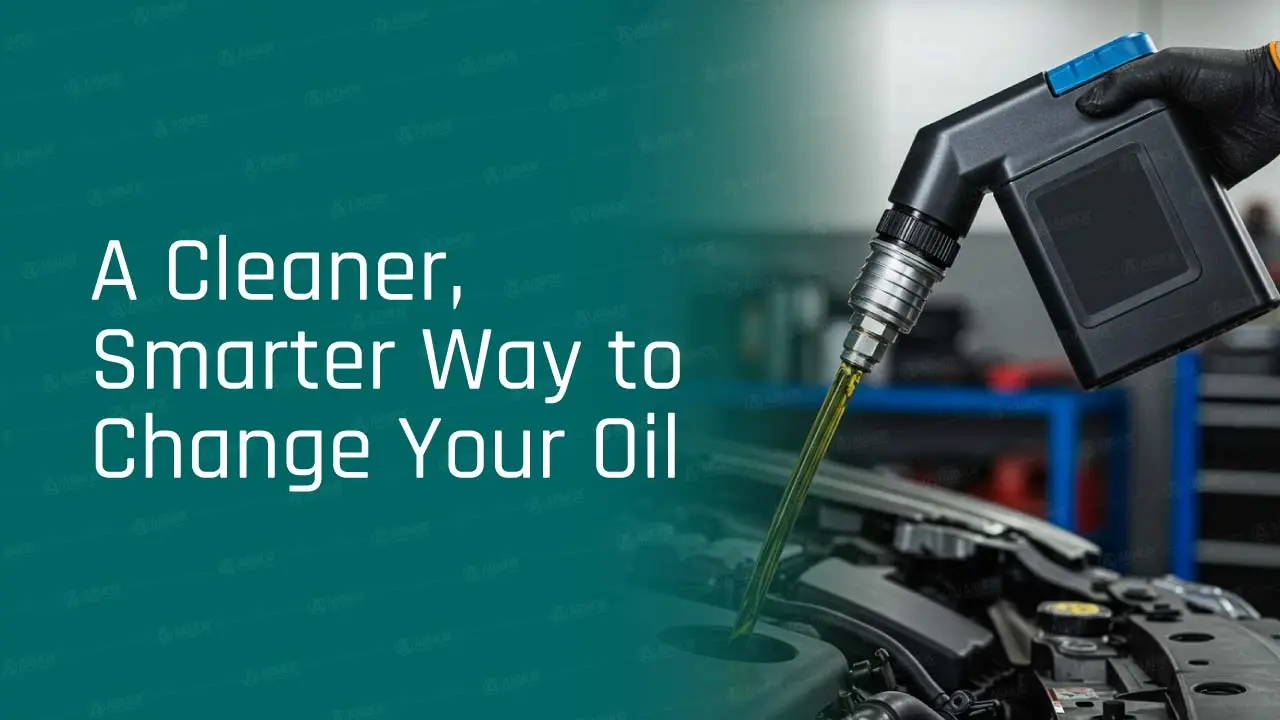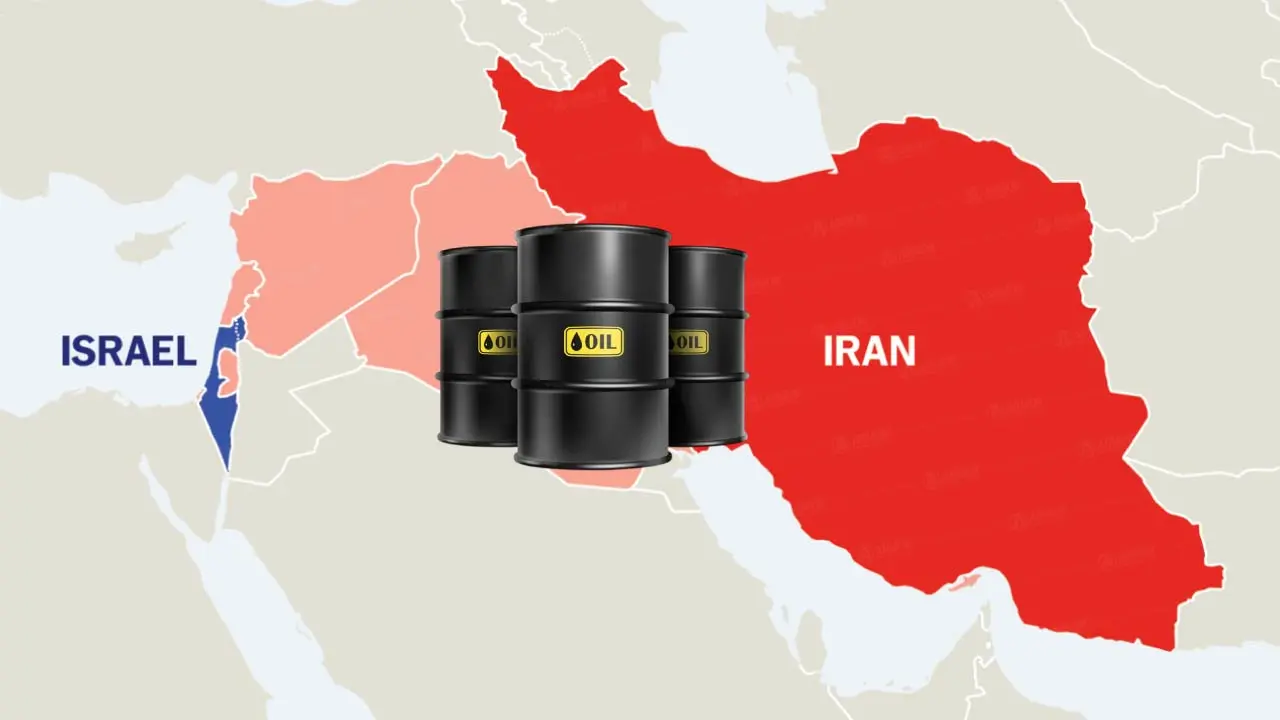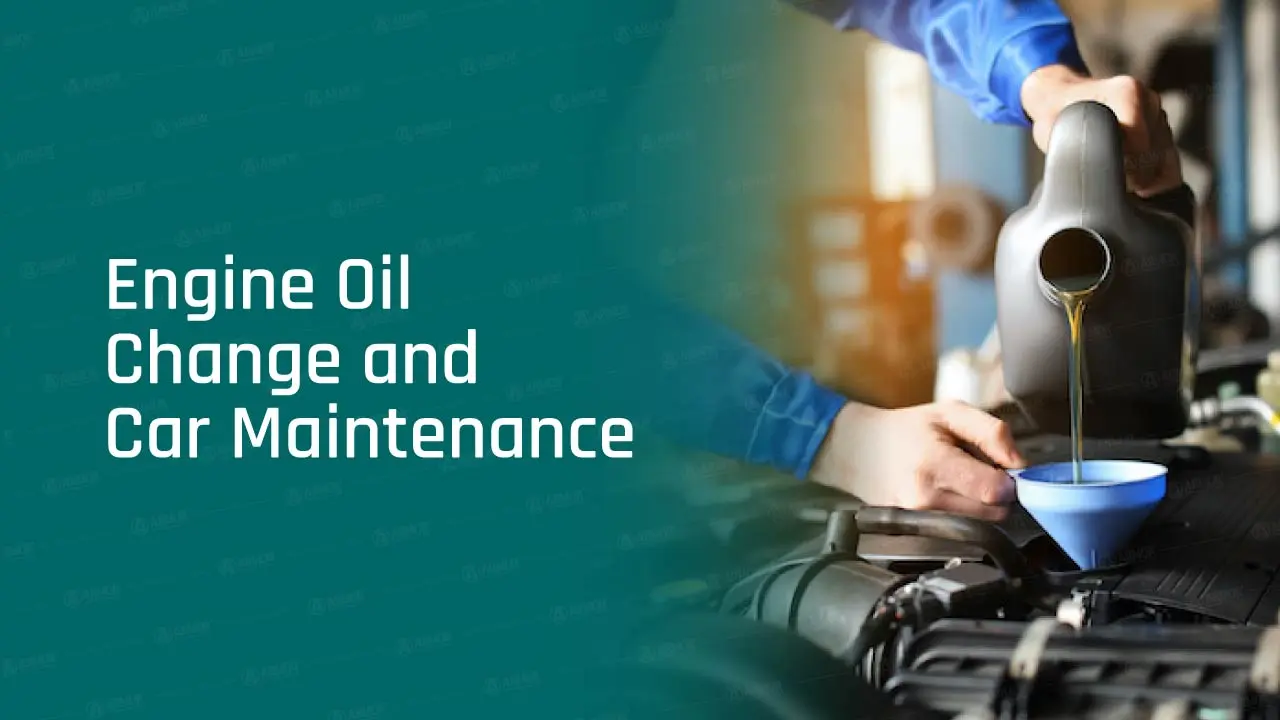- Armor Blog
- Products
- Transmission Fluid for CVT Transmission vs ATF! What is the difference?

Transmission Fluid for CVT Transmission vs ATF! What is the difference?
Transmission Fluid for CVT Transmission and ATF oils are both used to improve transmission performance. The package will say, for smoother shifting on both! So you can use any of them right?
ATF CVT Transmission (CVT Fluid)
CVT or continuously variable transmissions are not technically automatic transmission. Despite some similarity, CVT uses 2 pulleys linked together by a belt instead of the use of regular gears.
The principle is almost the same, however the differences between CVT and traditional automatic transmission systems urged for a different transmission fluid.
Properties of CVT Fluid
- Friction: CVT fluid has unique frictional properties to accommodate the belt-and-pulley system.
- Shear Stability: high viscosity to withstand the shear forces and portray better performance.
- Thermal Stability: It resists thermal breakdown at the high temperatures experienced in CVTs.
Composition:
Contains specific additives that reduce wear on the belt and pulleys, prevent oxidation, and protect against corrosion.
Automatic Transmission Fluid (ATF)
ATF (Automatic Transmission Fluid) is designed for traditional automatic transmissions. Formulated particularly to protect gears and enable smooth and friction free movement.
Properties for ATF
- Friction Characteristics: ATF contains special friction reduction additives.
- Lubrication: Provides essential lubrication to the moving parts.
- Hydraulic Function: ATF acts as a hydraulic fluid, enabling the transmission’s control system to operate.
- Thermal Stability: Higher resilience to hot temperature.
Composition:
It varies from company to another; however it generally Includes additives for anti-wear and corrosion resistance to prevent chemical interaction. Anti-oxidation to lessen oxidation.
What happens if you mix CVT fluid with ATF?
You should not mix Transmission Fluid for CVT Transmission with ATF not vice versa! Both products promise smooth transmission and shifting because each of them is designed for the precise specs of the transmission system. Mixing both types of transmission fluid can be dangerous even of the damages were not instant!
Why Mixing CVT Fluid and ATF is Detrimental?
Intermixing transmission oils or fluids is a gamble! You’re mixing two different products, maybe from two manufacturers. can you be sure that they will be compatible? are you able to guess how will they interact? no one will, but believe me the results will not be pleasant!
Intermixing CVT fluid and ATF can lead to several performance issues:
- Reduced Friction in CVT: Since ATF prioritizes low friction, having it with the CVT can cause slippage between the belt/chain and the pulleys.
- Increased Friction in Automatic Transmission: Conversely, Transmission Fluid for CVT Transmission has high-friction properties can create excessive drag within a traditional automatic transmission.
In Case of Accidental Mixing
If you suspect that CVT fluid and ATF have been accidentally mixed in your vehicle, it’s vital to consult a qualified mechanic as soon as possible. Depending on the severity of the mix, they may recommend:
Complete Drain and Refill: This involves draining the entire contaminated fluid mixture and refilling the transmission with the manufacturer-recommended fluid.
Further Inspection or Repair: In extreme cases, a more thorough inspection may be required to assess potential damage caused by the improper fluid mixture.
Conclusion
Modern Continuously Variable Transmissions (CVT) deliver an exceptional driving experience with smooth, seamless gear shifts. However, to maintain optimal performance and protect this sophisticated technology, you need a CVT fluid specifically designed to meet its unique demands. Explore the high-performance CVT fluids designed for modern vehicles.




 Spear lubricants
Spear lubricants Armada lubricant
Armada lubricant Ace lubricants
Ace lubricants Perfect lubricants
Perfect lubricants Enzo lubricants
Enzo lubricants Lawrence lubricants
Lawrence lubricants